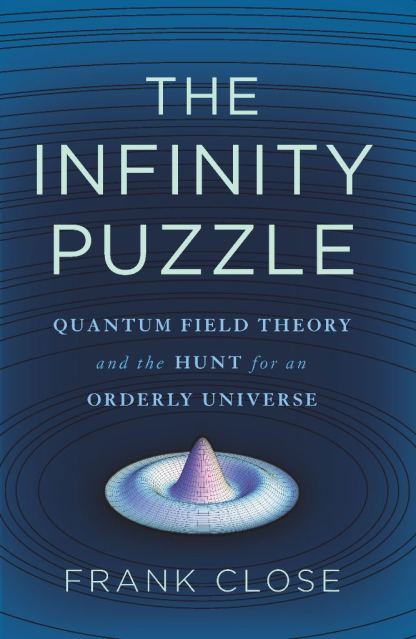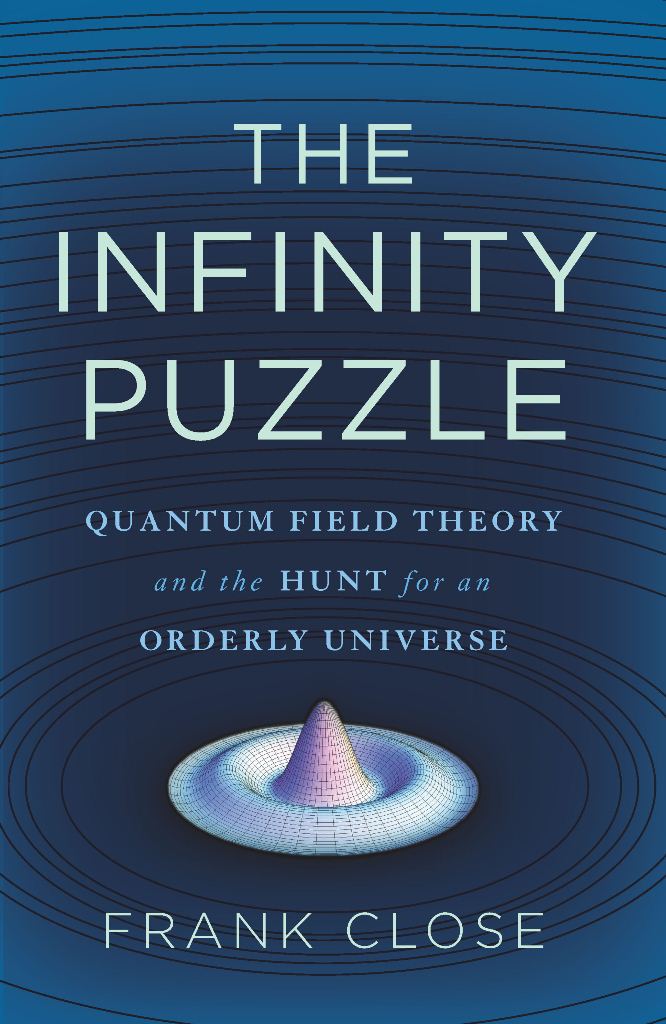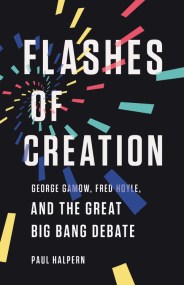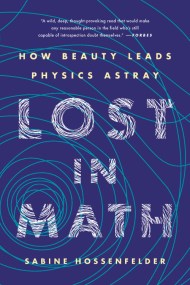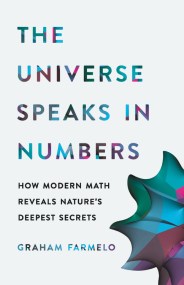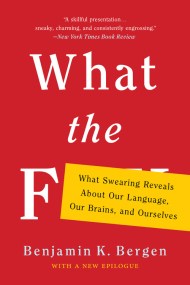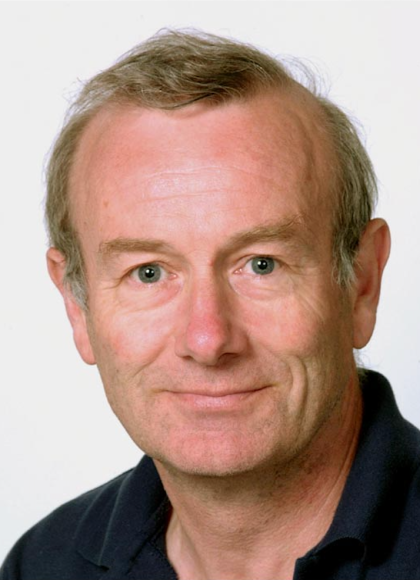Promotion
Use code MOM24 for 20% off site wide + free shipping over $45
The Infinity Puzzle
Quantum Field Theory and the Hunt for an Orderly Universe
Contributors
By Frank Close
Formats and Prices
Price
$12.99Format
Format:
- ebook $12.99
- Trade Paperback $24.99
This item is a preorder. Your payment method will be charged immediately, and the product is expected to ship on or around November 29, 2011. This date is subject to change due to shipping delays beyond our control.
Also available from:
Our best understanding of physics is predicated on something known as quantum field theory. Unfortunately, in its raw form, it doesn’t’t make sense — its outputs are physically impossible infinite percentages when they should be something simpler, like the number 1. The kind of physics that the Higgs boson represents seeks to “renormalize” field theory, forcing equations to provide answers that match what we see in the real world.
The Infinity Puzzle is the story of a wild idea on the road to acceptance. Only Close can tell it.
Genre:
- On Sale
- Nov 29, 2011
- Page Count
- 464 pages
- Publisher
- Basic Books
- ISBN-13
- 9780465028030
Newsletter Signup
By clicking ‘Sign Up,’ I acknowledge that I have read and agree to Hachette Book Group’s Privacy Policy and Terms of Use
